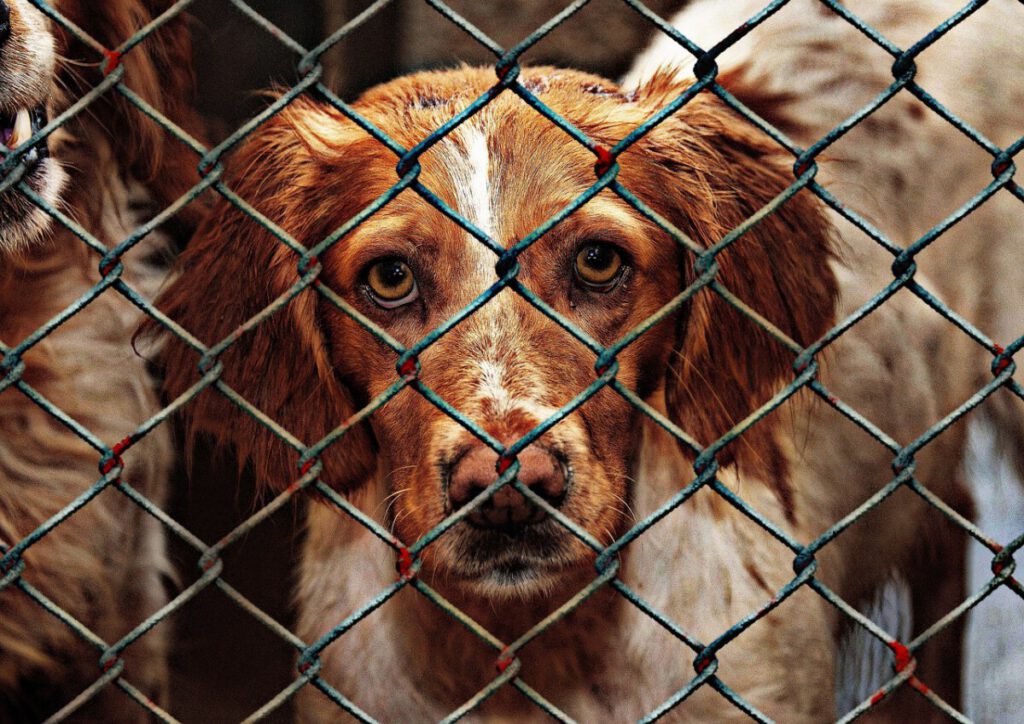Animal homelessness is a pressing issue that often goes unnoticed by the general public. As millions of pets find themselves without a home each year, it’s crucial to shed light on this crisis and explore ways we can help. Here are 11 shocking facts about animal homelessness.
1. A Grim Statistic: Only 1 in 10 Dogs Finds a Permanent Home
In a heart-wrenching reality, only 10% of dogs born will eventually find a forever home. This staggering number highlights the vast misalignment between the number of dogs born versus those who find stable, loving environments. Imagine if only one out of ten children found a home; the outcry would be deafening. Similarly, the silent suffering of dogs deserves our attention and action. So many of these animals end up in shelters or worse, on the streets, where they face dangers and uncertainties daily.
2. The Common Culprits: Reasons for Animal Sheltering
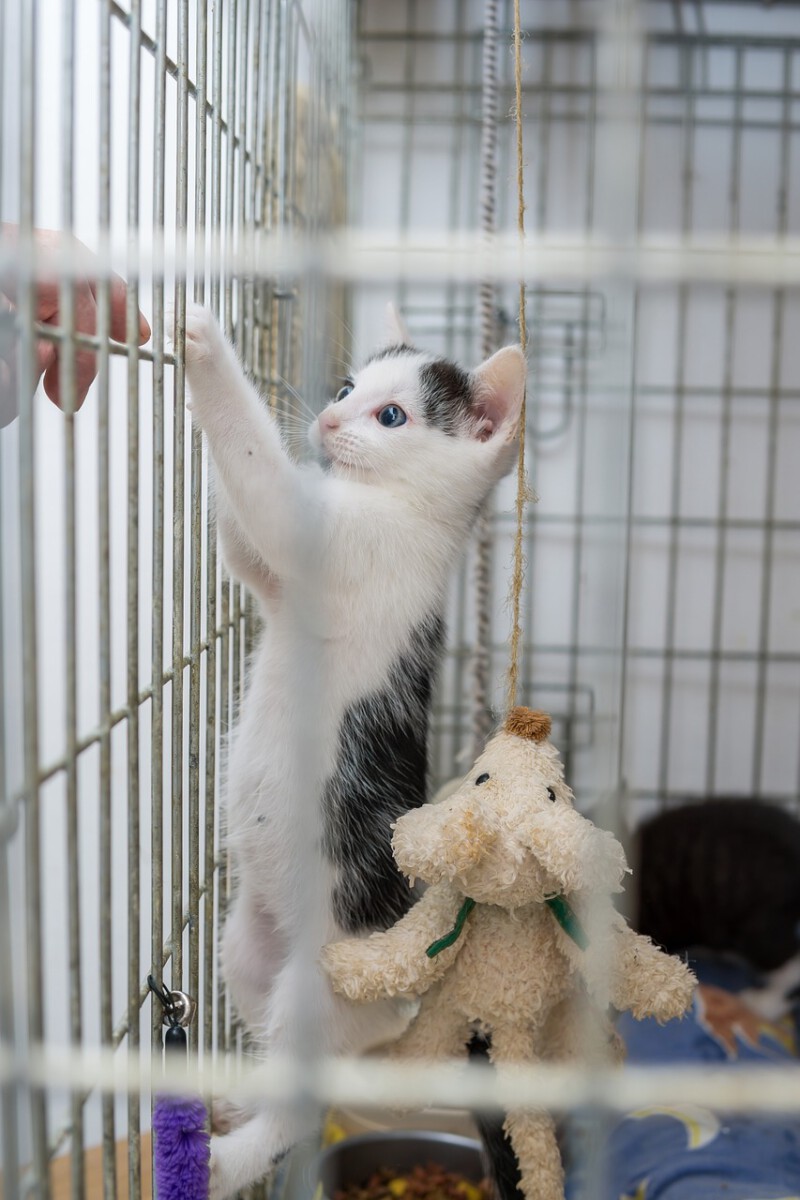
Why do so many animals end up in shelters? Primarily, it’s a result of owners relinquishing their pets or animal control finding them as strays. Owners might give up pets due to unforeseen circumstances like financial constraints, moving houses, or simply an inability to care for the animals. Meanwhile, strays are often picked up by animal control, adding to the already overburdened shelters. It’s akin to an ever-flowing river of unwanted animals, continuously feeding into a system already at its breaking point.
3. A Hard Reality: Millions Euthanized Annually Due to Overcrowding

Every year, approximately 2.7 million dogs and cats are euthanized because shelters are too full and there aren’t enough adoptive homes. The numbers can be daunting; they represent not just statistics, but living creatures with lives cut tragically short. By taking the role of a publicist for your local shelter, you could help lower this heart-wrenching number. Shout their stories from your rooftops—virtual and physical—and become a bridge to those looking for a pet.
4. The Massive Influx: 7.6 Million Companion Animals Enter Shelters Each Year
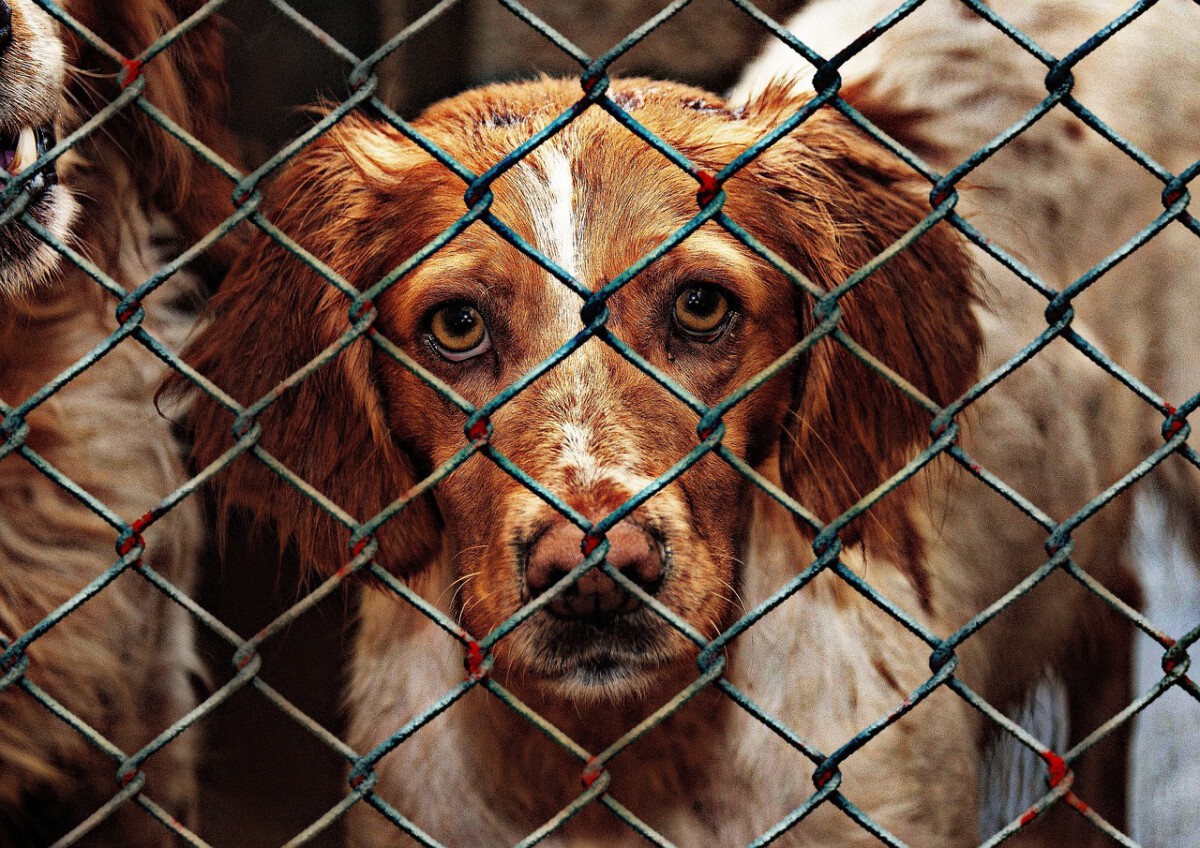
Approximately 7.6 million companion animals enter animal shelters annually across the United States. Among these, about 3.9 million are dogs and 3.4 million are cats. These shelters tirelessly work to provide food, shelter, and medical care while hoping to reunite lost pets with owners or find them new families. The scale of this issue is akin to a bustling city perpetually absorbing new inhabitants daily—a feat that is only sustainable with widespread societal support.
5. Strikingly Low Reunion Rates for Lost Pets
When pets wander off or get lost, the hope is that they’ll be reunited with their families. However, less than 2% of cats and only 15 to 20% of dogs are ever returned to their owners. Low reunion rates are often due to pets not having proper identification, such as microchips or collars. Like any lost hiker without a map, these pets face daunting challenges in finding their way home without our help.
6. Surprising Truth: 25% of Dogs in Shelters Are Purebreds
One might assume that animal shelters are filled only with mixed breeds. However, about 25% of dogs entering shelters are actually purebred. This fact reveals that pedigree offers no real safeguard against homelessness for our furry companions. Just as our backgrounds do not define our futures, the lineage of these animals doesn’t guarantee them a home but serves as a reminder that homelessness affects pets of all kinds.
7. Stray Count: An Overwhelming Mystery

Estimating the number of stray animals can be nearly impossible. For cats alone, estimates reach up to 70 million. These figures paint a sobering picture of strays running amok, unseen and unheard, much like shadows passing silently in the night. Unlike sheltered pets, strays navigate life’s harsh peripheries, utterly dependent on human kindness and intervention for survival.
8. A Critical Oversight: Low Spaying and Neutering Rates
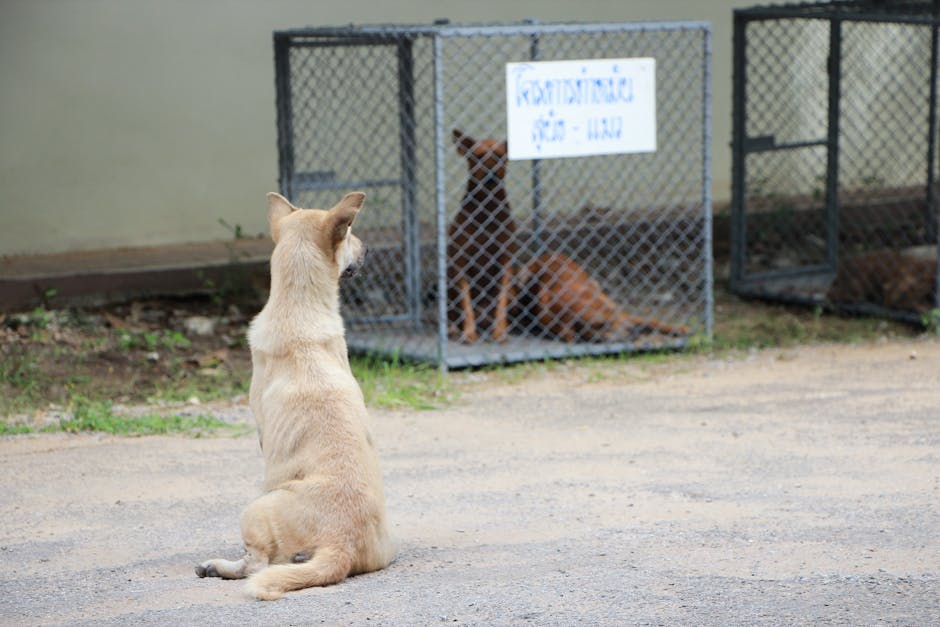
Only about 10% of animals in shelters have been spayed or neutered. This oversight contributes significantly to overpopulation, as unchecked reproduction leads to ‘excess’ animals without homes. By spreading awareness about the importance of spaying and neutering, we can reduce unnecessary suffering and give existing animals a fighting chance at finding loving families. Think of it as stemming from an overflowing tide, curbing the deluge of new arrivals before it’s too late.
9. The Misunderstood Identity: Many Strays Are Lost Pets
A significant portion of strays are actually lost pets that were not kept adequately indoors or were without identification. It’s a case of mistaken identity, much like characters lost in a story without a narrative thread to guide them home. Providing pets with identification reduces the likelihood of them blending into the nameless swarm of strays and increases their chances of a reunion with their families.
10. A Vast Network: 3,500 Shelters and 10,000 Rescue Groups
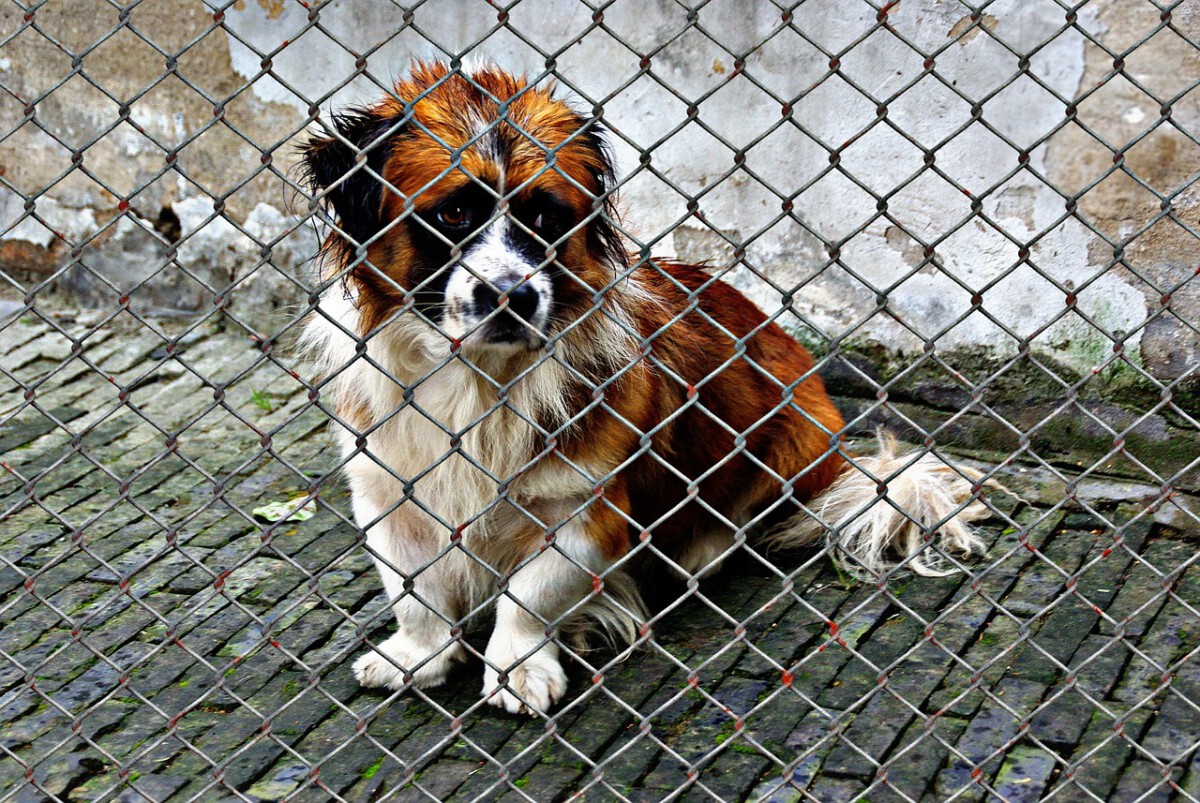
In the United States, there are approximately 3,500 brick-and-mortar animal shelters alongside 10,000 rescue groups and animal sanctuaries across North America. These organizations form a vast network of care and compassion, striving to offer safe havens for homeless animals. Their tireless work is akin to lighthouses dotting a stormy coast, guiding countless lost souls to the safety and love they deserve.
By understanding these facts and stepping up to make a difference, we can cast a wider net of protection and opportunity for homeless animals. Remember, even small actions can lead to significant impacts. Your involvement could be the change a homeless animal desperately needs.
For more information on animal homelessness and how you can help, visit Source. Let’s do something today to change these statistics for a brighter, more compassionate tomorrow.

